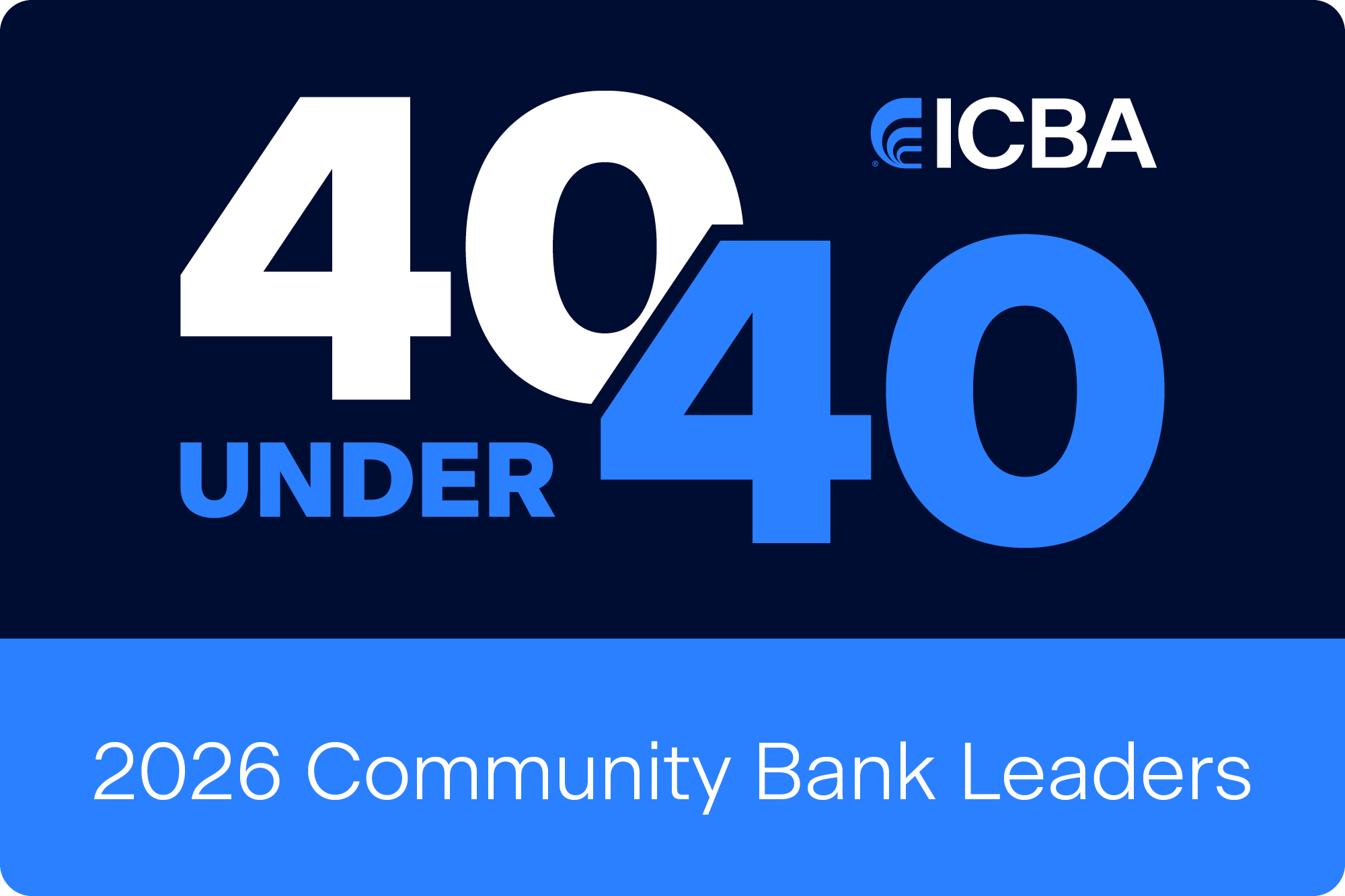Managing compliance is a role that community bankers take more seriously than any other segment of the financial services industry.
Brad M. Bolton: Compliance as a focal point
September 01, 2022 / By Brad Bolton
Managing compliance is a role that community bankers take more seriously than any other segment of the financial services industry.
In today’s intense regulatory landscape, compliance extends to every aspect of banking, so much so that no one person or team can be solely charged with managing a bank’s compliance requirements. In fact, compliance has grown to become a massive responsibility that must be part of every employee’s job. We’re looking at the need for a full culture of compliance.
But what does it take to get to that point? It has to start at the top. When I was new to my CEO position, we were faced with the retirement of a seasoned compliance officer, and we transitioned that role by promoting a rising leader to the position. This individual is exceptionally bright, but we saw the writing on the wall: Compliance is far more than a silo within the bank. So, we made a commitment to her that we would walk beside her and support her in her compliance journey. Our senior leadership team took that to heart, and it stuck with us, creating an environment in which compliance plays a significant role in everything from our strategic direction to our daily operations.
Managing compliance is a role that community bankers take more seriously than any other segment of the financial services industry.
We didn’t realize that we were creating a shift in our habits, but we have benefited from that decision. To this day, I share important regulatory and compliance articles with relevant team members, emphasizing hot-button issues or key notes along the way. I hope by exemplifying an emphasis on compliance, the rest of the organization recognizes its importance to our business.
My Top Three
Compliance discussions for every team:
- Reg E/Overdraft Programs and Representments
- Fair Lending/Section 1071/TRID
- Data/Third-Party Management/Cyber
Regulations are there to require what we do every day as community bankers: protect our customers. That is probably why managing compliance is a role that community bankers take more seriously than any other segment of the financial services industry. We know the decisions we make and the manner in which we conduct business has an effect on our customers and communities.
Thankfully, everybody wins when compliance becomes a bank focal point. Employees gain a broader understanding of the “whys” behind decisions. Customers benefit from additional protections, disclosures and support. Regulators win when a bank’s exam is simple and straightforward when compliance is a priority. Even shareholders receive an advantage, because a happy customer base is a referring customer base.
So, as you read this month’s compliance issue, I hope you’ll consider how to create or enhance your own culture of compliance. When you do, you strengthen your bank and the products and services you bring to your community.
Subscribe now
Sign up for the Independent Banker newsletter to receive twice-monthly emails about new issues and must-read content you might have missed.
Sponsored Content
Featured Webinars
Join ICBA Community
Interested in discussing this and other topics? Network with and learn from your peers with the app designed for community bankers.
Subscribe Today
Sign up for Independent Banker eNews to receive twice-monthly emails that alert you when a new issue drops and highlight must-read content you might have missed.
News Watch Today

Join the Conversation with ICBA Community
ICBA Community is an online platform led by community bankers to foster connections, collaborations, and discussions on industry news, best practices, and regulations, while promoting networking, mentorship, and member feedback to guide future initiatives.













